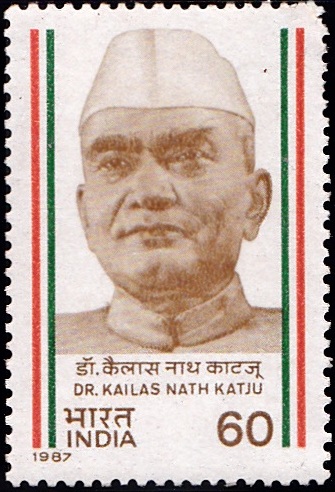
Dr. Kailas Nath Katju
A commemorative postage stamp on the Birth Centenary of Kailash Nath Katju, 3rd Chief Minister of Madhya Pradesh (1957-62) :

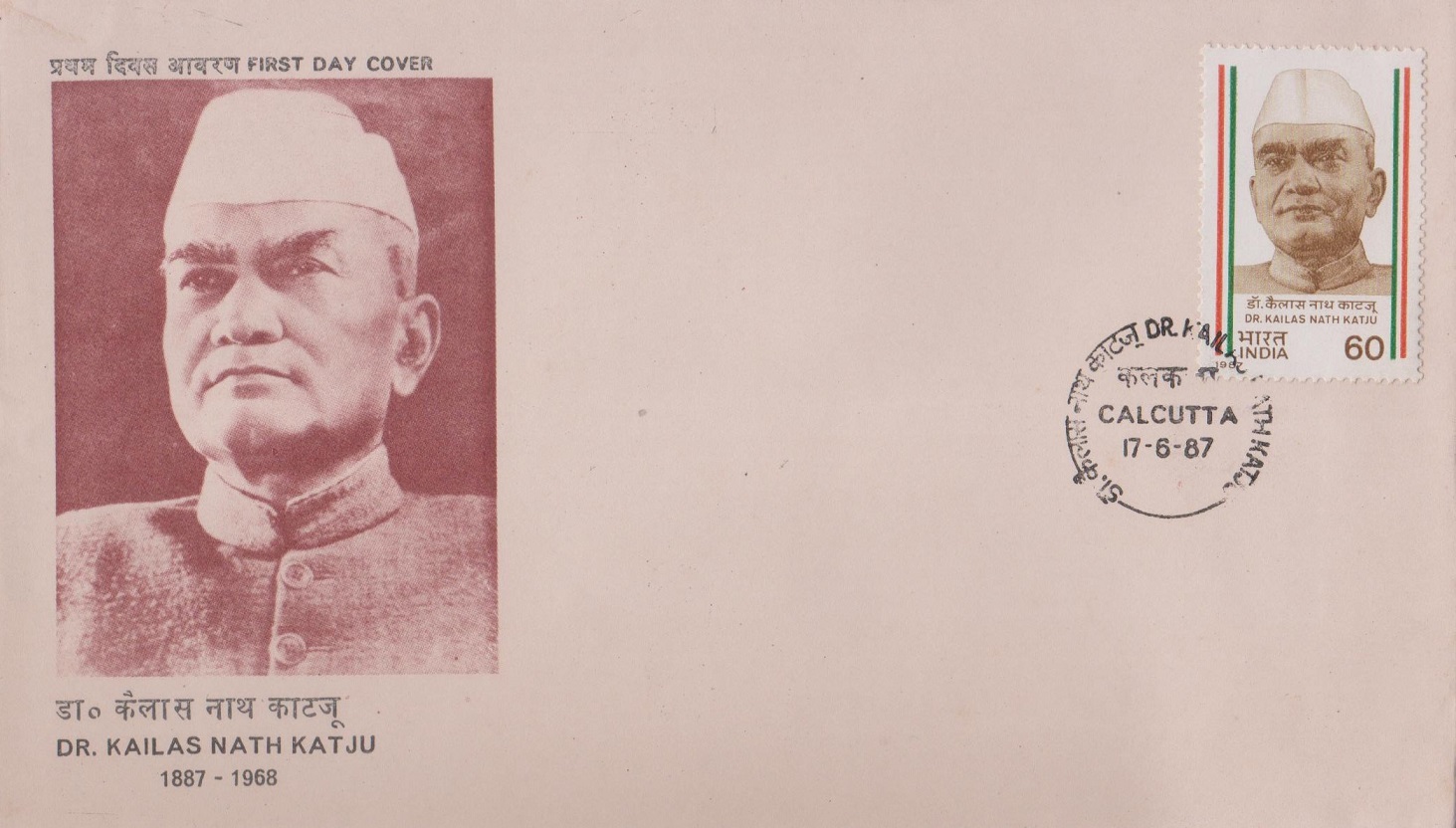 Issued by India
Issued by India
Issued on Jun 17, 1987
Issued for : The Department of Posts is privileged to issue a stamp on Dr. Kailas Nath Katju in the series “India’s Struggle for Freedom“.
Description of Designs : The 60 P multi colour stamp has been designed by India Security Press, Nashik Road. The Cancellation design has been prepared by Mrs. Alka Sharma.
Type : Stamp, Mint Condition
Colour : Multi colour
Denomination : 60 Paise
Overall size : 4.06 x 2.73 cms.
Printing size : 3.71 x 2.38 cms.
Perforation : 13 x 13
Paper : Unwater marked SVPM PG Matt coated stamp paper
Number printed : 10,000,000
Number per issue sheet : 40
Printing Process : Photogravure
Printed at : India Security Press
Name : Kailash Nath Katju
Born on Jun 17, 1887 at Princely state of Jaora, British India [now Madhya Pradesh, India]
Died on Feb 17, 1968 at Prayagraj, Uttar Pradesh, India
About :
- Kailas Nath Katju’s father Pandit Tribhuwan Nath belonged to a middle class Kashmiri Brahmin family settled in Jaora, a petty state in Malwa. It was here that Kailas Nath was born on 17th June 1887 and brought up till March 1900, when he was sent away to Lahore to be educated under the fostering care of his maternal grandparents. He matriculated from the Punjab University in 1901 and took his B.A. degree from the Forman Christian College, Lahore, in 1905. It was during his College days that he developed a taste for Mathematics and History.
- As a boy his ambition was to take to medicine, but the example of Dr. Gooroodas Banerjee, with whom he came into contact by accident, changed his mind altogether and he wanted to be an equally eminent lawyer and jurist. He came to Allahabad where he received paternal affection from Tej Bahadur Sapru who took a keen interest in his academic progress. He joined the Muir Central College in 1905, and in the following year passed the High Court Vakil examination. He topped the list of successful candidates, in recognition for which he was awarded the Lumsdon Gold Medal. In 1907 he passed the LL.B. examination and in 1908 he took his M.A. degree in History. In 1913 he passed the LL.M. examination and six years later, in 1919, he took the coveted degree of LL.D. He was married at the age of 18 while he was a student of Law. He soon came under the orbit of Pandit Moti Lal Nehru and became a close associate of Pandit Jawahar Lal Nehru. He also came under the influence of Mahatma Gandhi.
- He started his career in the legal profession at Kanpur in 1908. Six years later, in March 1914, he shifted to Allahabad. At Allahabad he had to wade his way among the legal luminaries like Pandit Moti Lal Nehru, Durga Charan Banerjee, Satish Chandra Banerjee and others. He defended the accused in the Meerut Conspiracy case in the Allahabad High Court in 1933 and later the military officers accused at the INA trial at Red Fort in Delhi. Dr. Katju was interested in education. He was a member of the various bodies of the University of Allahabad. He had a genuine regard for the welfare of the student community and till the end of his life he took delight in maintaining contacts with them.
- In 1937, he actively joined politics and accepted the portfolio of Law and Justice in the Pant Ministry in U.P. The Ministry resigned in 1939 and Dr. Katju offered Satyagraha and was imprisoned for 18 months. After release he continued his political activities was detained in prison in 1942. He became the Governor of Orissa and then West Bengal. From West Bengal where he enjoyed much popularity he went to New Delhi as Minister of Home, Law and State Affairs. After the Home Ministry, he took over the Defence portfolio. Thereafter he took over as Chief Minster, Madhya Pradesh. After retirement he returned to Allahabad to pass his life in peace. Death claimed him on 17th February 1968.
- Dr. Katju undoubtedly was one of the leaders of the Allahabad Bar. His deep scholarship and legal acumen fitted him for that noble and coveted role.
- Source : Dictionary of National Biography.
- Editor : S.P. Sen.


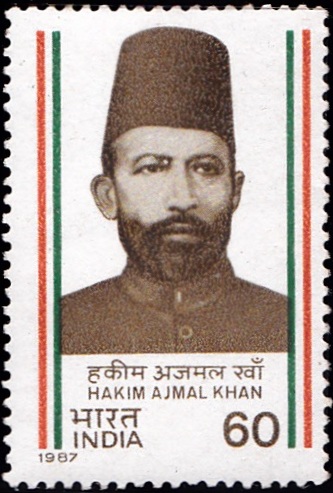
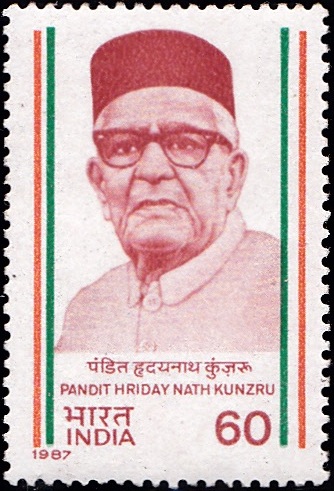
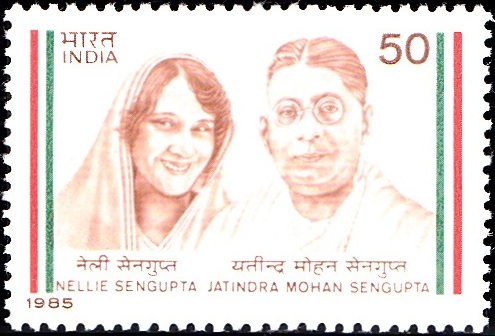
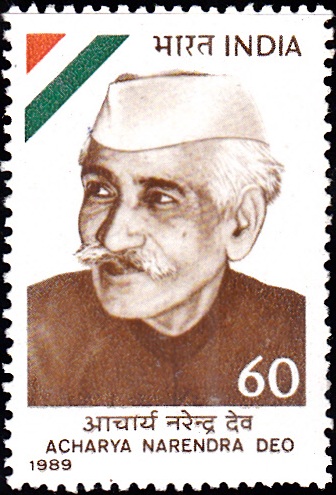
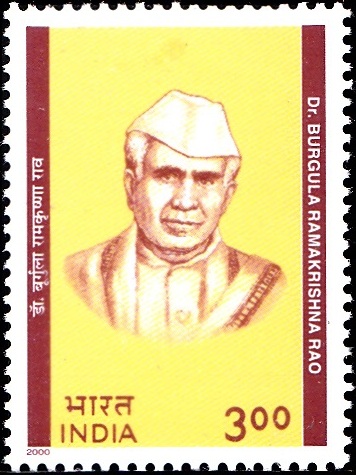
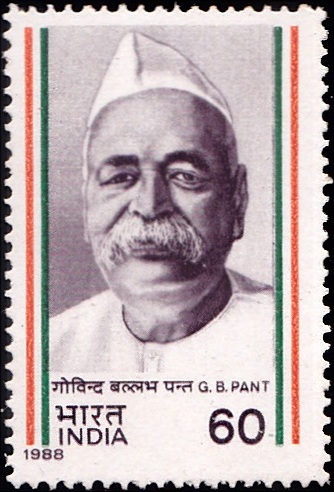
[…] banking dealings with the Allahabad Bank – Pandit Motilal Nehru, Shri Purushottam Das Tandon, Dr. K.N. Katju, Sir Surendranath Banerjee, Pandit Jawaharlal Nehru and Smt. Indira Gandhi. The Bank has the honour […]
[…] of the members of the Bar such as Sir Tej Bahadur Sapru, Pt. Jagat Narain Mulla and Dr. Kailas Nath Katju have held high and exalted offices in the Central and State Governments, and Shri Gopal Swarup […]